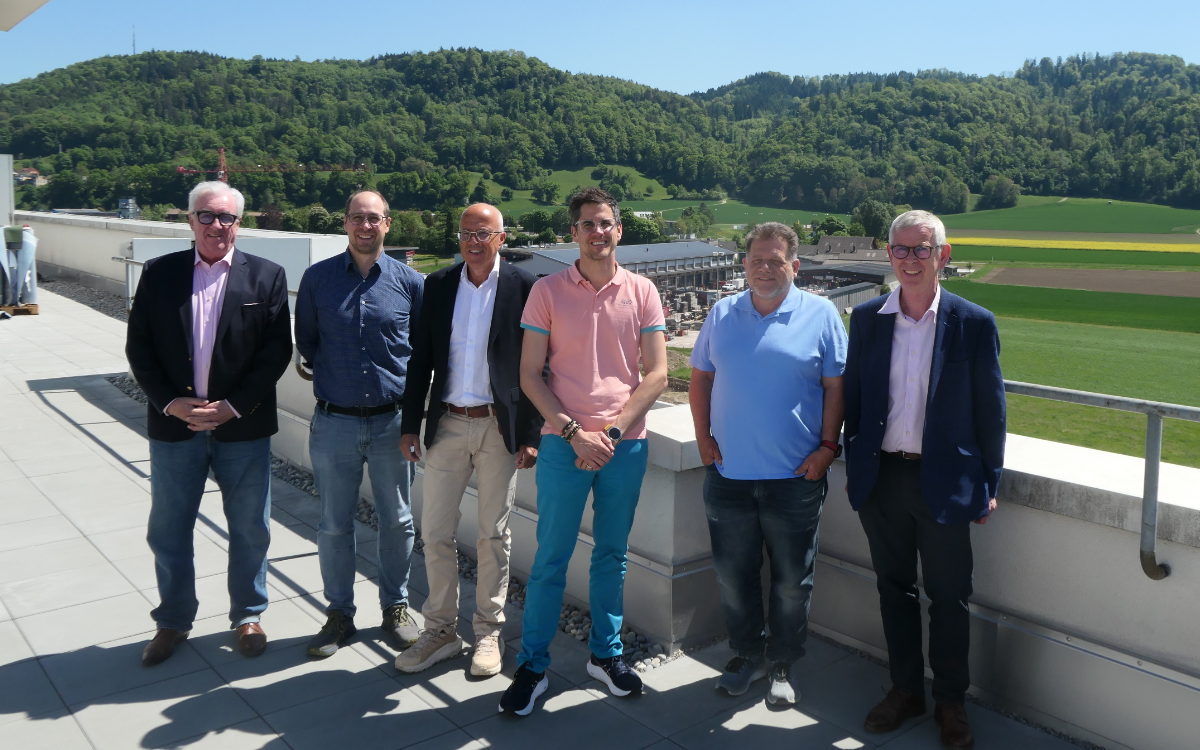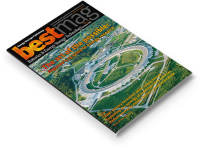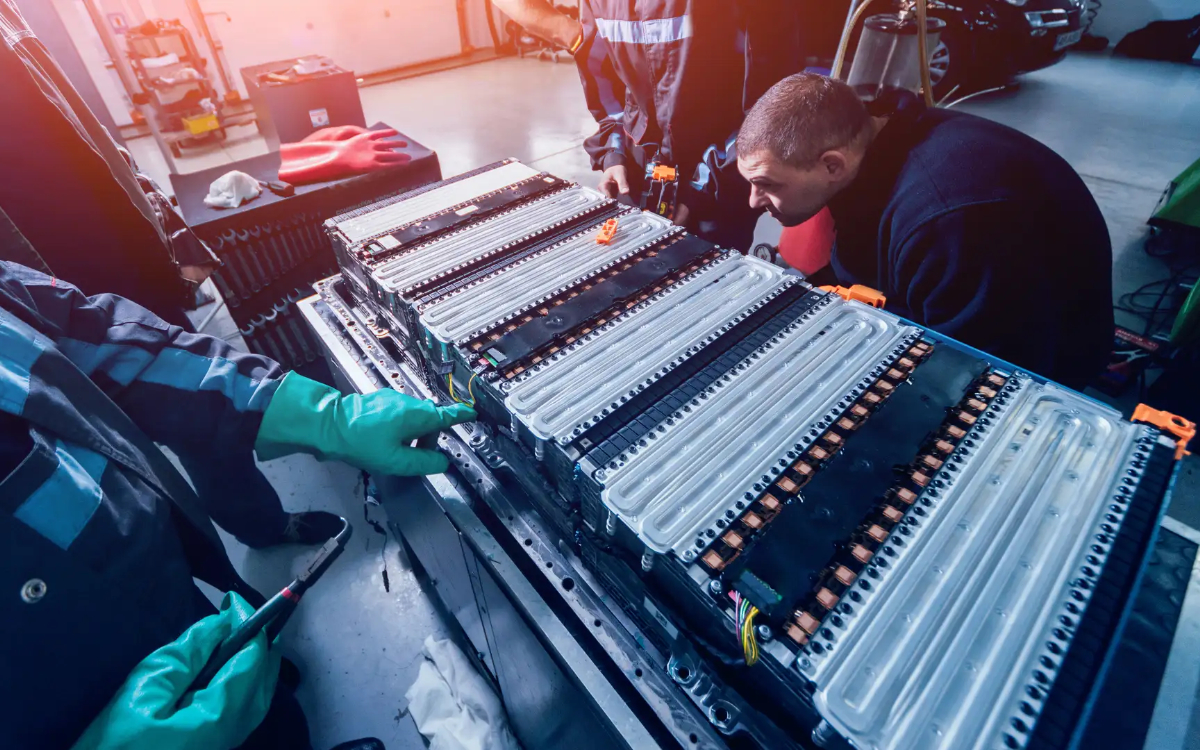Researchers at the University of Technology Sydney (UTS) and the University of Manchester in the United Kingdom have applied the ‘Jahn-Teller effect’ to create a longer-lasting zinc-ion battery. The Jahn-Teller effect is a physical phenomenon that introduces asymmetry in individual ions, for example in transition metals such as copper and manganese.
The invention increases the lifetime of rechargeable batteries thanks to less stress of ion insertion in electrode materials. The technology enables 5,000 charge/discharge cycles while the battery is still holding strong capacity.
“The result is a low-cost, aqueous zinc-ion battery that performs with greater durability, and without the safety risks linked to lithium-ion cells,” the researchers said. It also comes with the benefit of making them more cost-effective, as zinc is inexpensive and widely available.
The cooperative Jahn-Teller effect, commonly observed in Mn-based oxides like typical perovskite-type LaMnO3, can be utilized to generate a long-range strain field within crystals. The effect was tested on MnO2 for constructing a two-dimensional superlattice structure with graphene crated in the bulk MnO2/graphene composite material. The configuration creates a battery that can withstand more charging/discharging cycles without degradation. Within the superlattice structure, the strong charge transfer between MnO2 and graphene induces a significant valence decrease of Mn ions and, consequently, a fully cooperative Jahn-Teller effect on MnO2 layers. Mn2+ dissolution and fragmentation of the MnO2 structure have been identified as the main causes of its problematic limited cycling stability.
Zinc-ion batteries are generally considered a safer, cheaper, and more environmentally friendly alternative to lithium-ion batteries. This is especially the case for large-scale energy storage (like solar or wind energy on the power grid. The innovations also make the new battery much safer than alternatives like lithium-ion, because zinc-ion batteries are non-flammable.
Image credit: Centre for Materials Science, University of Sydney











